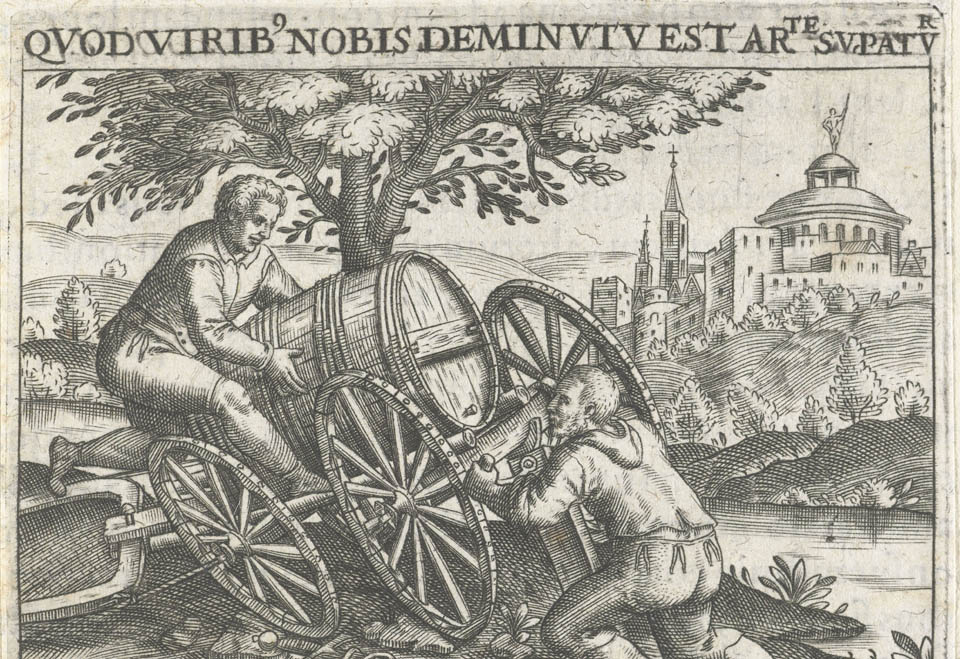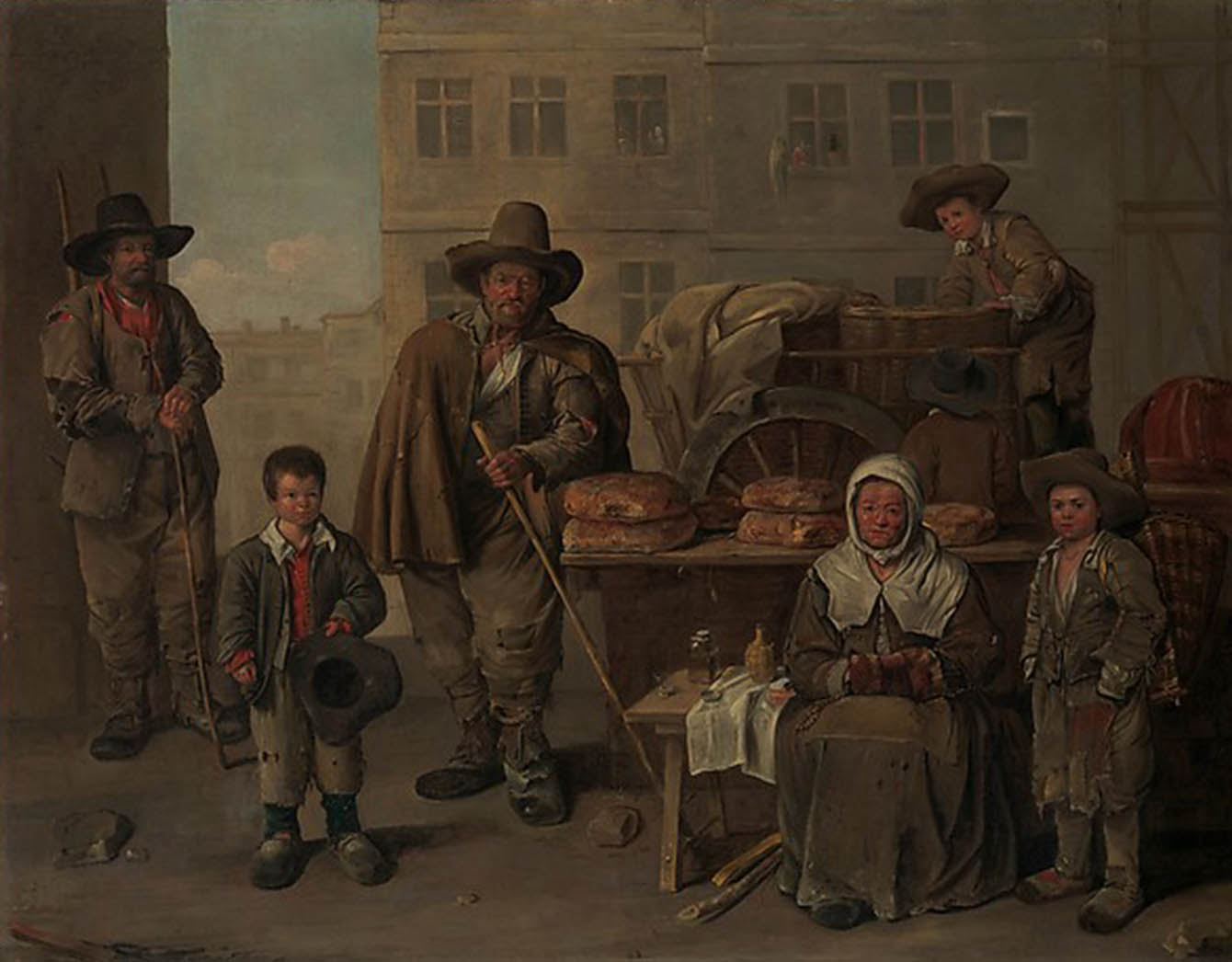Europeans
Having decimated the local Native populations as a labor source, European settlers turned to their homelands to supply unskilled workers to the New World.

A labor contract as an indentured servant in the American colonies was an opportunity for European peasants to make a new life, one that offered them the prospect of land ownership and all the benefits that came with it.

The personal and economic risks of sailing to the New World were offset by two incentives.
First, colonial landlords paid for the voyage.

Second, after indentured servants fulfilled their contracts (typically five to seven years), they were granted fifty acres each as payment for their work. This liberal offer was made possible by their governments’ wholesale theft of Native American lands.

However, fulfilling the contract could be fatal. British landlords and Dutch patroons, not eager to turn their indentured servants into competitors, worked their contracted labor hard.

Indentured servants cleared forests, tilled fields, drained swamps, and built settlements. Their life expectancy was approximately five to seven years, so they often died before receiving the land promised to them.

As word of these difficulties reached Europe, this temporary labor system fell apart. Desperate for workers, Europeans released debtors from prisons in exchange for colonial indentures.
However, once in the colonies, the former inmates often refused to work, running away into local towns or finding jobs as crewmen on board merchant ships. This left landowners in search of a more sustainable labor source. They found it in Africa.



